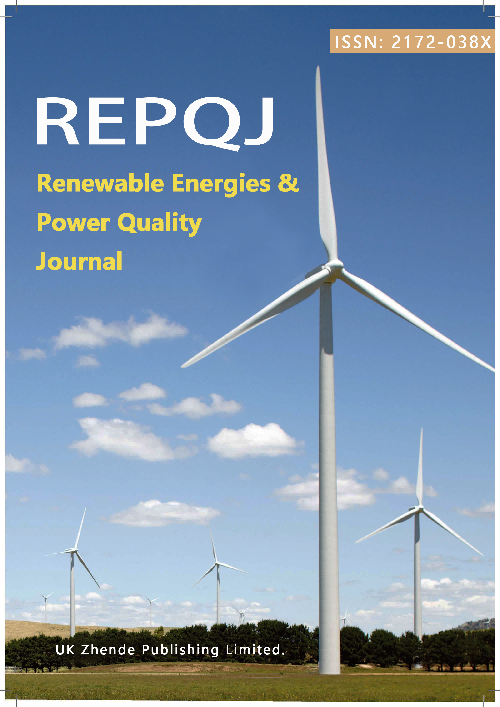Extracting Hidden Features of Load Fluctuation in Photovoltaic-Energy Storage System by Variational Autoencoder
DOI:
https://doi.org/10.52152/4303Keywords:
Photovoltaic power generation, Energy storage system, Load fluctuation, Latent features, Variational autoencoderAbstract
Aiming at the nonlinearity, noise interference, and periodicity problems of load fluctuation in photovoltaic-energy storage systems, this study proposes a hidden feature extraction method based on VAE. VAE is used to extract key low-dimensional representations to improve the robustness and accuracy of the load forecasting model. This article encodes the collected load data, maps the original high-dimensional data to a low-dimensional latent space using a VAE encoder, and outputs the mean and logarithmic variance vectors at the same time. Eight key latent features are obtained by sampling through reparameterization techniques, including daily cycle amplitude features, peak period features, load fluctuation frequency, etc. The extracted latent features are fused with the original data and used as input to the Informer model to predict future loads. The experiment uses a photovoltaic-energy storage system data set with a data sampling interval of 20 minutes. The results show that VAE-Informer achieves 1.80%, 2.10% and 0.97 in terms of Root Mean Squared Error (RMSE), Mean Absolute Percentage Error (MAPE) and R², respectively, which is significantly better than Informer (RMSE is 3.50, MAPE is 4.80% and R² is 0.91), Sparse Autoencoder (SAE)-Informer (RMSE of 2.50, MAPE of 3.20%, R² of 0.95) and Principal Component Analysis (PCA)-Informer (RMSE of 3.00, MAPE of 3.80% and R² of 0.93) models. The efficiency of this method in latent feature extraction and load forecasting is fully verified. This method based on VAE to extract latent features and combined with Informer for load forecasting can accurately capture the complex nonlinear and periodic characteristics in load data and improve the prediction accuracy.
Downloads
Published
Issue
Section
License
Copyright (c) 2025 Shilong Liu (Author)

This work is licensed under a Creative Commons Attribution 4.0 International License.











